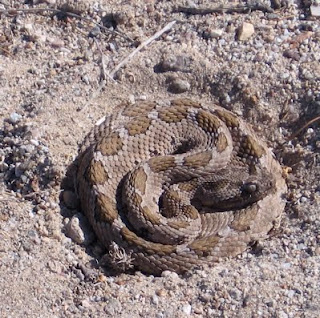
After a few days at anchor in the La Paz channel, we moved into the dock at Marina de La Paz and connected with new friends from Portland, Pete and Rose Ann Thomsen, who were spending a week or so on Talion, Patsy Verhoeven's Gulf Star 50. We did some hiking, and dinghied over to the Mogote, a large sand spit north of the marina and anchorage. A fellow sailor from New Zealand had careened his boat on the ebb tide and was waiting for it to lean over further as the tide receded so he could climb in the water and clean the bottom. It's a bit more complicated than diving and scrubbing the bottom and definitely more work than hiring a diver to do it for you!


















































